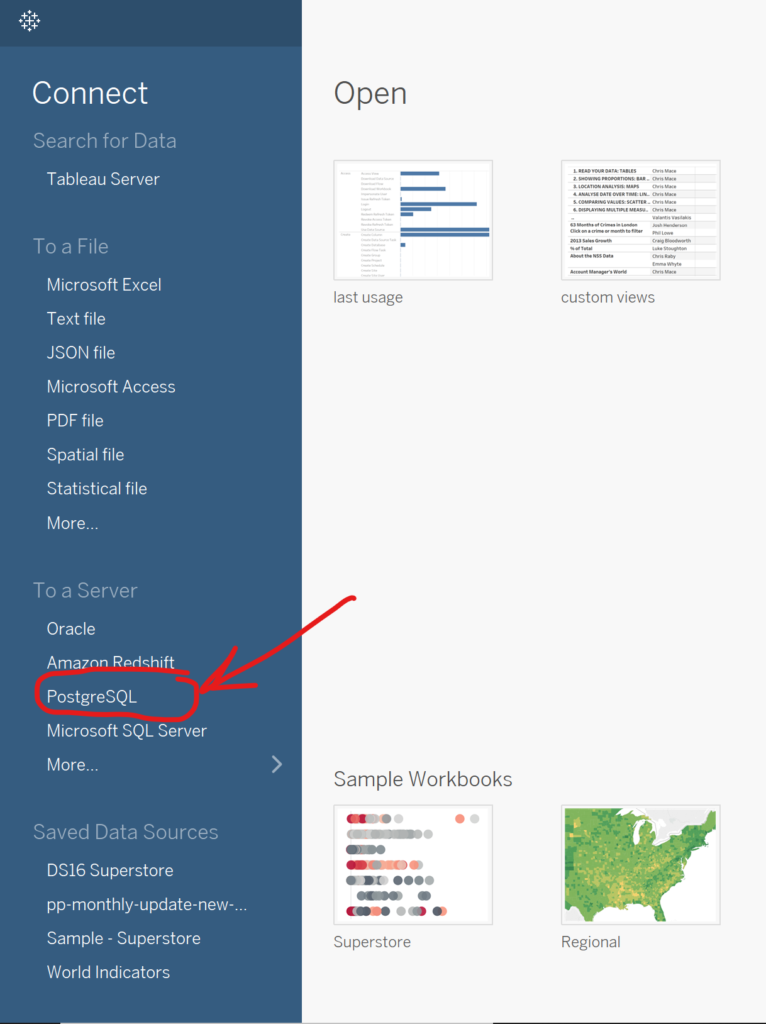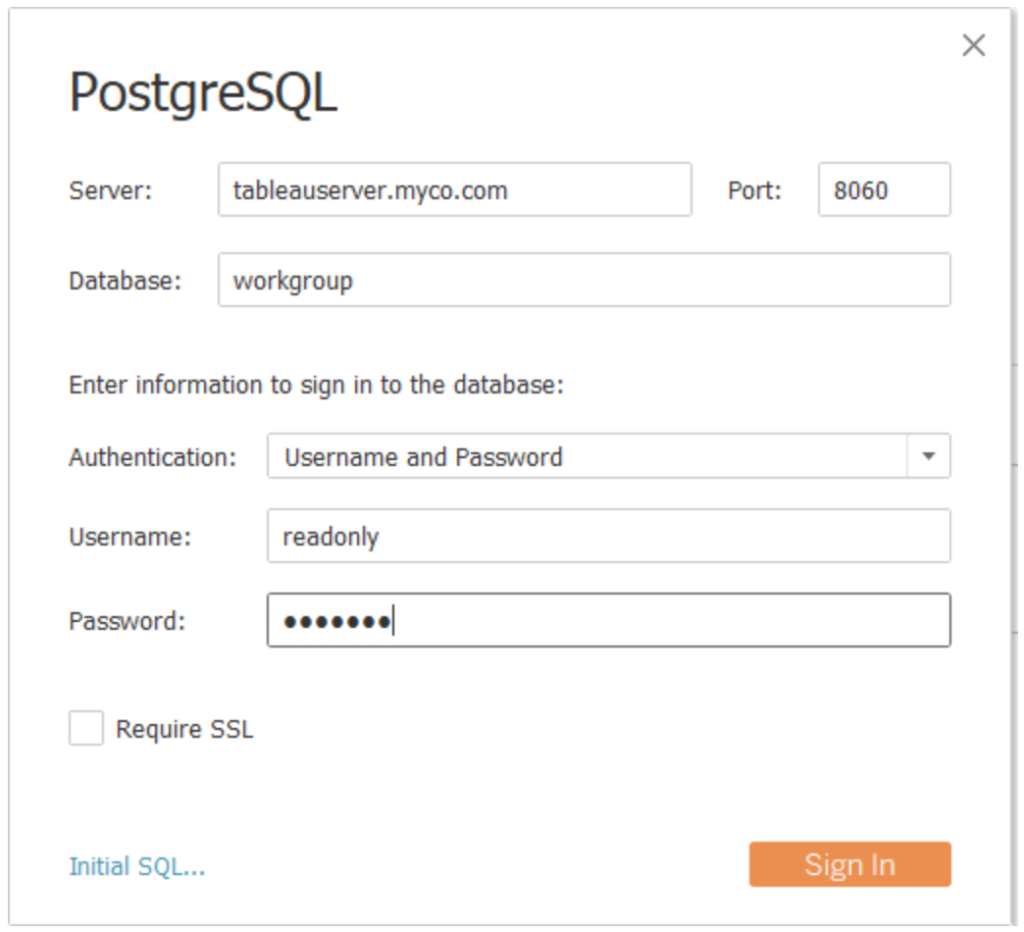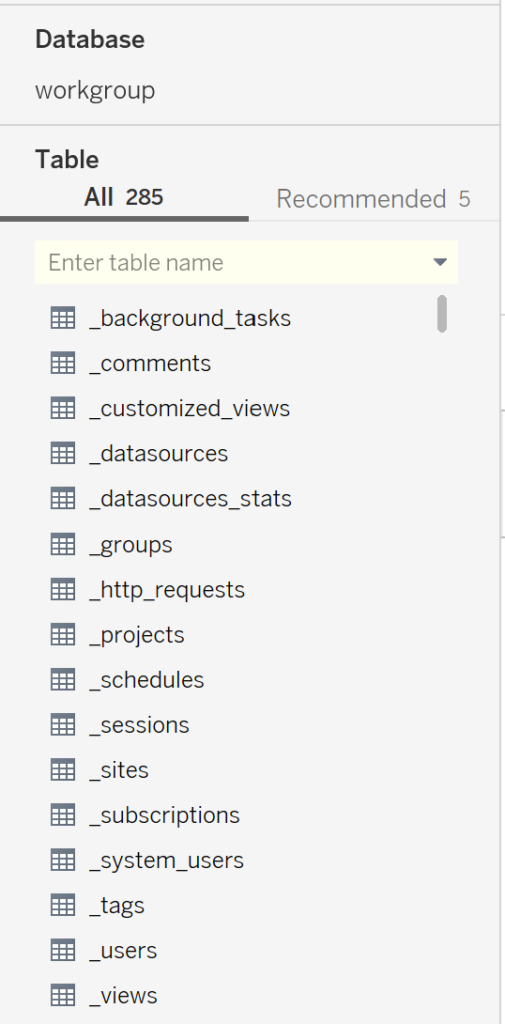This week as part of Tableau Server week we’ve been looking at the Tableau Server Repository, and how it can help Server Admins get a better understanding of what’s happening on the Server.
Tableau Server Repository is a PostgreSQL database containing all of the data linked to the use of the Server, including user details, interactions and downloads. This can be accessed by Server administrators to analyze the usage of the Server, and answer important questions about which dashboards aren’t being used, who’s accessing data they shouldn’t, and whether the Server is performing optimally. Tableau creates some Default Admin views automatically for the Server, which can be accessed in the “Manage all Sites” – “Server Status” section on Server. However, you can create your own views by accessing the database yourself in Tableau Desktop to answer some of the questions missed by these views.
The database contains hundreds of tables which can be accessed by anyone with credentials in Tableau Desktop. In the Tableau Desktop, select the “PostgreSQL” option in the Data Connections pane under “To a Server”:

You’ll then be prompted to enter in the credentials for your database, including Server URL, Port Number (normally 8060), Database (which you’ll want to keep as “workgroup”), and the username and password for the user option. There are 2 user options; “readonly” and “Tableau”. Readonly is the read-only access, meaning you can’t save back to the Server (this is the safest option to log into):

Once you’ve entered the credentials you have access to all the aforementioned tables, which you can join to analyze your server usage:

As our Friday project (due to be presented in 2 hours!), we’ve been tasked to create some custom dashboards on the following community chosen topics:
- When was each dashboard last used (and can we get rid of it)?
- How many custom views are there for each workbook?
- Landing page activity
- Background tasks
- Web-edit usage
- Server storage space
- Licensing (do we need all the licenses we’ve bought?)
Amongst others…
Hopefully this gave you an idea of what the Tableau Server Repository is, what it can be use for and how to access it!
